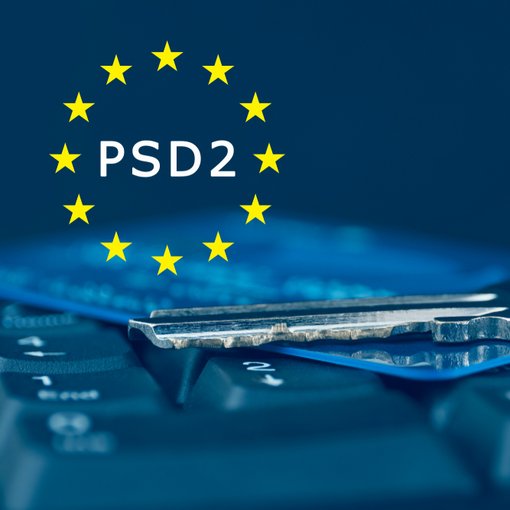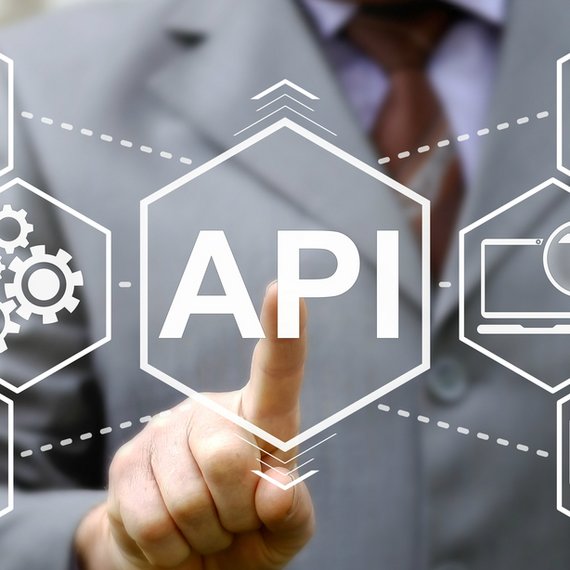
- Two minutes read
PSD2 – a challenge or an opportunity?
PSD2 is an evolution and extension of existing regulation for the payments industry.
PSD2, which came into effect on January 13, is an evolution and extension of existing regulation for the payments industry. It aims to increase competition in the payments industry, bring into scope new services and enhance customer protection and security.
There are businesses which chose to overcome it by introducing a service fee model to their transactions ahead of the January 13 drop date, though this may not work for all industries.
We should look at PSD2 positively and consider the opportunities it presents. For operators who haven’t got large legal teams, moving card payments from what was a profit centre to a cost centre can seem daunting. Breaking this down into achievable steps can set a good foundation to make these small percentages back.
We would recommend that merchants:
- Review their payment model. Do you know what interchange, scheme fees and processing fees you pay and can you negotiate better rates? Can your current payment data help identify new sales opportunities?
- Explore how services such as Rapid Transfer can help your transition.
- The market share of card payments is expected to reduce in favour of new instant bank transfers enabled by PSD2 APIs.
- Consider if their payment strategy is flexible enough to support growth. Can you offer payments in local currencies or settle in a currency of your choice? Can you offer alternative payment methods or products, like paying by monthly instalment?
- Look at back-office efficiencies – your collection process, whether your business receives above average failed authorisations, how many hours are used in manual reconciliations.
- Partner with a payments company that is willing to share best practice with a dedicated relationship manager to guide you.
Ultimately, PSD2 claims to champion frictionless payments, which can only be a good thing for the customer. This is the beginning of a new customer journey that is set to evolve over time as demand for new payment methods continues to grow. Stepping back and looking at the wider payments picture is part of the adventure.




